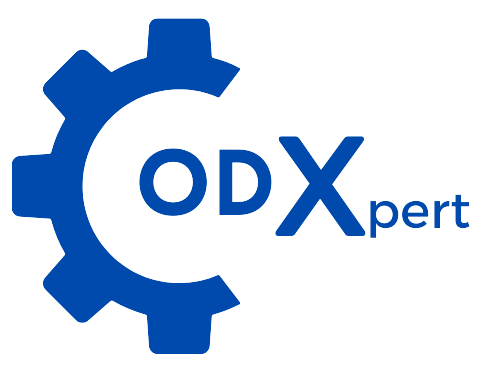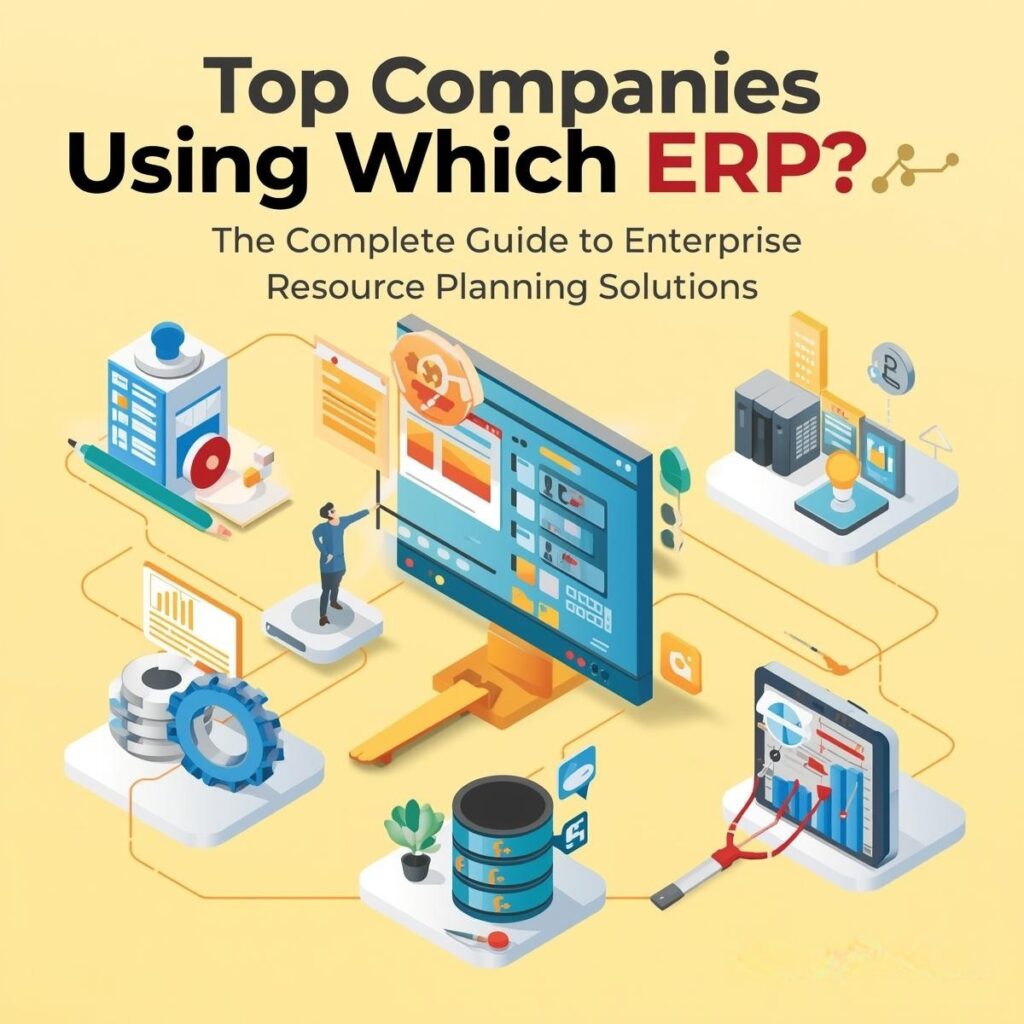In today’s fast-paced digital landscape, the alignment between Information Technology (IT) and business objectives has become more critical than ever. Organizations that successfully bridge the gap between their IT and business teams are better poised for growth, innovation, and competitive advantage. This alignment not only enhances efficiency but also enables more effective decision-making. In this blog, we’ll explore five impactful elements that promote IT and business alignment.
Clear Communication and Collaboration
Effective communication and collaboration between IT and business units are foundational to alignment. Both teams must speak a common language and understand each other’s objectives. Regular meetings, shared documentation, and open channels of communication are essential. By fostering an environment where IT and business professionals can exchange ideas and insights, organizations can ensure that technology investments align with business goals.
Shared Vision and Strategy
Alignment begins with a shared vision and strategy. IT should not operate in isolation but should be an integral part of the strategic planning process. When IT leaders and business executives collaborate on defining objectives and priorities, it ensures that technology initiatives are closely aligned with the organization’s overarching goals. This shared vision creates a roadmap for IT projects that directly contribute to business success.
Key Performance Indicators (KPIs) Alignment
Defining and tracking Key Performance Indicators (KPIs) that are relevant to both IT and business functions is crucial. These KPIs should be tied to specific outcomes and objectives. By aligning KPIs, IT and business leaders can measure progress, identify areas for improvement, and celebrate shared successes. It also promotes accountability and ensures that IT investments deliver measurable value to the business.
Agile and Adaptive Practices
The IT landscape is constantly evolving, and businesses must be agile to stay competitive. Adopting agile methodologies and practices can help both IT and business units respond swiftly to changing market conditions and customer needs. Agile frameworks encourage regular feedback, flexibility, and rapid development cycles, allowing organizations to align IT projects with shifting business priorities.
IT Governance and Risk Management
Effective IT governance and risk management are essential to align IT activities with business objectives while ensuring compliance and security. By establishing clear policies, risk assessments, and compliance frameworks, organizations can mitigate potential disruptions and protect sensitive data. When IT and business units collaborate on governance and risk management strategies, they can make informed decisions that balance innovation with security and compliance.

IT-business alignment is crucial in the digital age. Clear communication, shared vision, aligned KPIs, agility, and robust governance help organizations harness technology for success, innovation, and competitiveness. Collaboration between IT and business is key.





What do you think?
Some leaders consider business and technology objectives interchangeable, allowing one to inform the other. Those that align their information technology systems with their overall business strategy have the best chances of achieving their short- and long-term objectives.